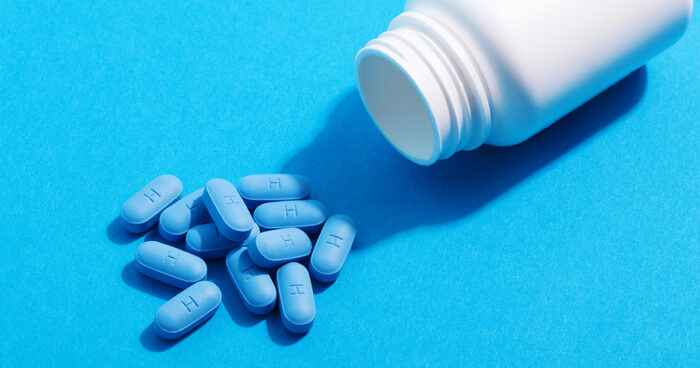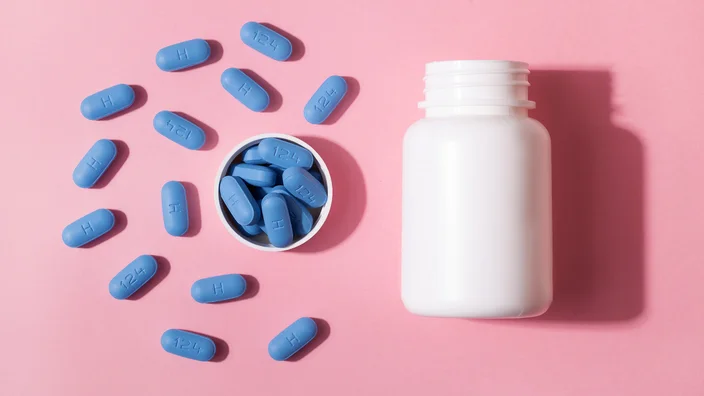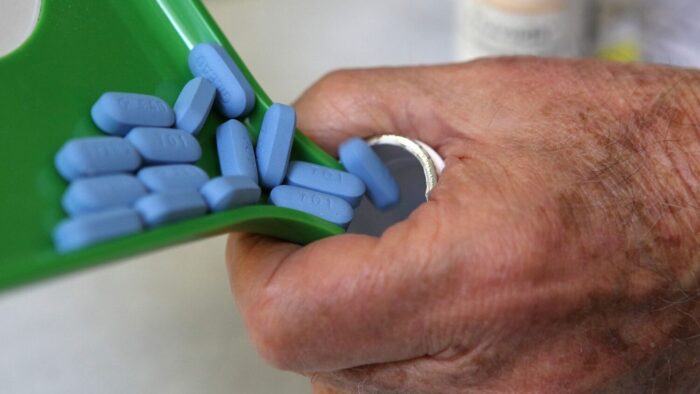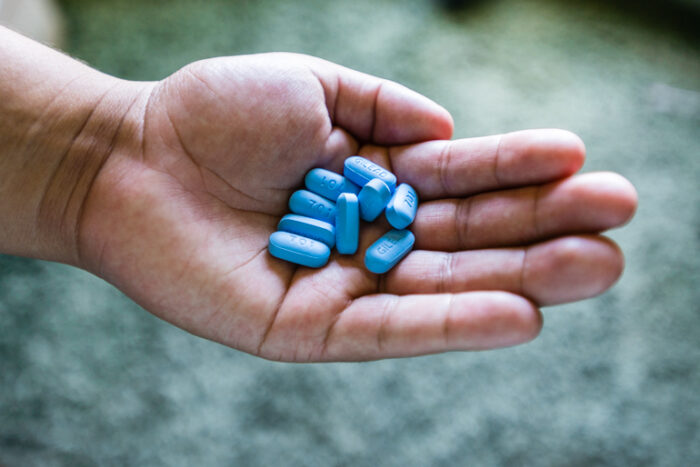In medical science, there’s always a rush to stay one step ahead of infectious diseases. Enter the era of HIV PrEP medications—a powerful tool in our fight against HIV transmission. In this ultimate guide, we’ll unearth the intricacies of these preventative medications, helping you fathom their significance and how they might change the landscape of HIV prevention.
What are HIV PrEP Drugs, and How Do They Work?

Source: rush.edu
Delving into the mechanics, PrEP, which stands for Pre-Exposure Prophylaxis, is a medication regimen designed for individuals who do not have HIV but are at significant risk of getting it. Essentially, it’s a prevention method, much like using a seatbelt to reduce injury in case of an accident.
Chemically speaking, most of these drugs work by interfering with HIV’s ability to create copies of itself in your body. When taken consistently, drugs like Q Care Plus minimize the risk of HIV infection. This transformative approach doesn’t replace other preventive measures but significantly boosts protection when combined with practices like condom usage.
Acknowledging The Importance of PrEP Drugs in Preventing the HIV Transmission
The rise of PrEP medications has revolutionized the way we approach HIV prevention. By drastically reducing the risk of transmission, they’ve become a linchpin in our collective strategy to curb the spread of the virus. While they don’t guarantee absolute protection, their efficacy, when taken appropriately, is noteworthy.
Harnessing the power of these medications not only protects individuals but also has a cascading effect on public health. With more people safeguarded against transmission, we inch closer to a future with a reduced prevalence of HIV. This ripple effect underscores the broader societal benefits of integrating PrEP into prevention strategies.
Who Should Consider Taking HIV PrEP Drugs?
Although many can benefit, not everyone needs PrEP. It’s particularly recommended for those with a high risk of HIV exposure, like those with HIV-positive partners or individuals engaging in unprotected sex with partners of unknown HIV status. Such proactive measures ensure those most vulnerable have an added layer of defense.
Similarly, individuals who share needles for drug use or have been diagnosed with a sexually transmitted disease in the past six months might also consider this preventive approach. By identifying and catering to these high-risk groups, we can target our prevention efforts most effectively, reducing the chances of new infections.
Advances in Research and Development of New PrEP Drugs Will Brighten The Future of HIV Prevention

Source: goodrx.com
Progress in the realm of PrEP medications is nothing short of remarkable. Researchers are tirelessly exploring newer and more efficient formulations, aiming for drugs with fewer side effects and even greater efficacy. This relentless pursuit holds the promise of an even brighter horizon in HIV prevention.
As with any evolving field, challenges remain. However, the strides made in recent years speak volumes about our collective commitment to outsmarting HIV. With every new discovery, we inch closer to a world where the threat of this virus is significantly diminished.
FDA-Approved HIV PrEP Medications
Over time, a few medications have secured the stamp of approval from the FDA. Among them, Truvada and Descovy stand out as two primary choices. Both have showcased considerable success in reducing the risk of HIV transmission when taken as directed.
It’s imperative to note, though, that while these drugs are effective for HIV prevention, they don’t protect against other sexually transmitted infections. As with any medical decision, it’s crucial to consult with a healthcare professional to determine the best choice for one’s individual circumstances.
How to Take and Use HIV PrEP Medication Effectively
Using PrEP requires a systematic approach. Typically, it’s a daily pill, taken with or without food. Ensuring regular intake is key, as inconsistent use can reduce its effectiveness and compromise protection against the virus.
Consistency, while essential, is just one facet. Equally vital is combining PrEP with other preventive measures, like using condoms. This multi-pronged approach amplifies protection, ensuring that even if one preventive measure fails, another stands guard.
Dosage Instructions for PrEP Drugs

Source: vox.com
Standard dosage usually involves a daily pill, but exact instructions can vary based on individual needs and specific drug formulations. Therefore, it’s of paramount importance to strictly adhere to the healthcare provider’s guidance.
Missing a dose isn’t the end of the world, but it’s essential to resume as soon as one remembers. If close to the time for the next dose, skip the missed one. Always avoid taking two doses simultaneously. For guidance on what to do if a dose is missed, it’s best to consult a medical professional.
Adherence to the Medication Schedule
Ensuring adherence is not just about taking a pill daily; it’s about building a routine. Setting reminders or pairing them with another daily activity can aid in cultivating this habit. Remember, its effectiveness hinges on regularity.
Regular check-ins with healthcare providers also play a crucial role. These appointments offer an opportunity to address concerns, monitor side effects, and ensure the medication remains a good fit.
Potential Side Effects and Management
Like all medications, PrEP isn’t without potential side effects. Some might experience nausea, but this often dissipates over time. Less common are side effects related to kidney health or bone density.
To manage these, regular check-ups are essential to monitor for any adverse reactions and make adjustments if necessary. Remember, while side effects can be concerning, they’re often manageable and pale in comparison to the potential consequences of an HIV infection.
Regular Testing and Follow-up

Source: pbs.org
Once on PrEP, periodic testing for HIV is paramount, typically every three months. Regular check-ins not only assess for HIV but also monitor kidney function and other potential side effects. This iterative approach ensures that the preventive strategy remains effective and safe over time.
These visits also offer an avenue for continued education, where individuals can ask questions, discuss concerns, and stay updated on the latest in HIV prevention.
Final Thoughts
The advent of PrEP medications has heralded a transformative shift in the way we address HIV prevention. By demystifying these drugs and understanding their role, we arm ourselves with the tools to navigate a world where HIV’s threat diminishes with each passing day. With knowledge as our compass, we stride confidently toward a future marked by empowerment and hope.
